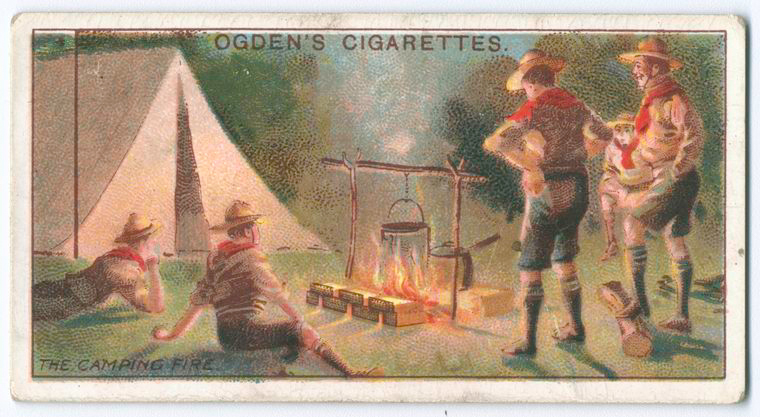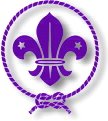|
The Scouting Pages - World Scout Badge
|
|
|
THE WORLD SCOUT BADGE
The Scout emblem which has been worn by an estimated 250 million Scouts since the Movement was founded and is today still used by 16 million Scouts in 150 countries and territories, is one of the world's best known symbols. But Scouts and members of the public often ask how the emblem originated. History of the DesignThe basic design was in use for centuries before it came to indicate North on a compass. The Chinese are known to have used it as a direction symbol as early as 2000BC. The Larousse Encyclopaedia notes that some Etruscan bronzes and Roman ornaments carried the design, and it has been found on ancient monuments in Egypt and India. Its use as a navigation aid in Europe probably dates from the end of the 13th Century when Marco Polo brought back a compass from Cathay. The Grand Encyclopaedia credits an Italian marine pilot, Flavio Gioja of Amalfi, for drawing it as a North Point on a primitive compass he built. The Encyclopedia Britannica gives another interesting version of the origin of the design. This is that it derives from the "Wind Rose" which is much older than the magnetic compass and first appeared on the charts of Mediterranean sea pilots. The eight main wind directions were shown by Greek letters and the North Wind marked "T" for Tramontana. In time, the "T" was embellished or combined with an arrowhead so that it was no longer recognisable as "T". The design is much used elsewhere. It appears in ornate versions on heraldic coats of arms, and in many decorative designs. Sometimes it is meant to represent a lance or spearhead, a lily (Fleur de Lys) and even a bee or a toad. So, today, as the symbol continues to point the way for navigators so, all over the world, it points the way to service and brotherhood for all members of the Scout Movement. From SCOUT FACTS, World Scout Bureau, World Organization of the Scout Movement, June, 1985What the emblem means
The Encircling Rope symbolises the unity and family of the World Scout Movement THE REEF KNOT which can't be undone no matter how hard it is pulled, is symbolic of the strength of world Scouting's unity and family THE TWO FIVE POINT STARS stand for truth and knowledge. The ten points represent the ten points of the original Scout Law
THE THREE TIPS represent the three main parts of the Promise,
The World Emblem is white, on a royal purple background, in heraldry , white or silver represents purity and royal purple denotes leadership and service.
|


